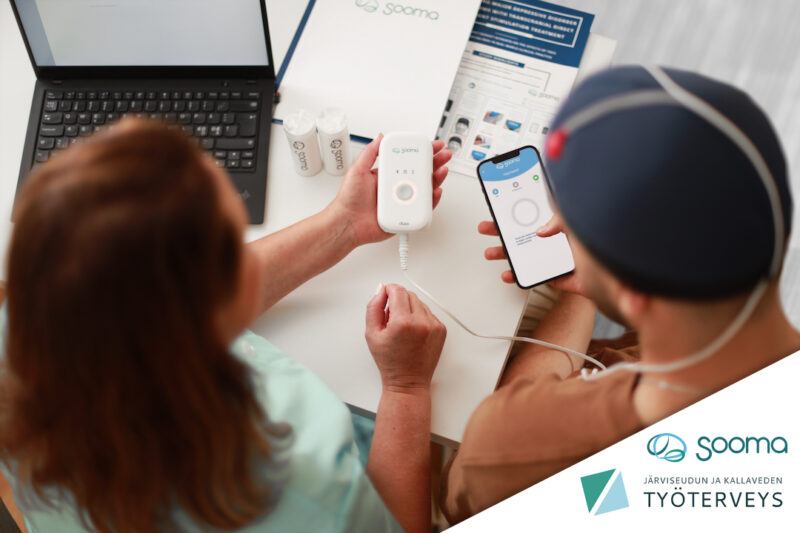From animals to at-home therapies: a brief history of neuromodulation

Using electrical currents to modify brain activity is far more ancient than it might seem at first glance. For millennia, humans have used neurostimulation to treat different conditions, even when the mechanics of it were not completely understood. In this article, we are going to take a look back at the history of neurostimulation, from the ancient Egyptians to modern day techniques.
Nile catfish and Roman physicians
It is generally believed that Egyptians were the first civilization to understand the electrical properties of the Nile catfish. However,
if and how such properties were used to treat medical conditions remains unclear. The first written proof of the use of animal-induced electrical currents to treat ailments dates from ancient Greece, where Plato and Aristotle described the use of torpedo fish discharges to cure ailments.
As for electric stimulation of the brain, Roman Empire physician Scribonius Largus (who was in charge of the health of the Roman Emperor Tiberius Claudius Nero Caesar) can be considered the pioneer of this technique, as he documented the pain relieving properties of electricity for headaches when a torpedo fish was applied over the scalp of a patient suffering from headache.
Another great-grandfather of electric stimulation was the Persian physician Ibn-Sidah, who in the 11th century proposed placing live torpedo fishes between the eyebrows of patients with epilepsy to treat them. Also in Abyssinia (modern day Ethiopia) locals were reported to use catfishes to “expel demons” off the human body.
Although it is not clear how the effects were measured, or if the use of electricity as the brain’s signalling method was understood, over 10 centuries ago fish electricity was already being used as a popular type of electrical stimulation to treat different conditions.
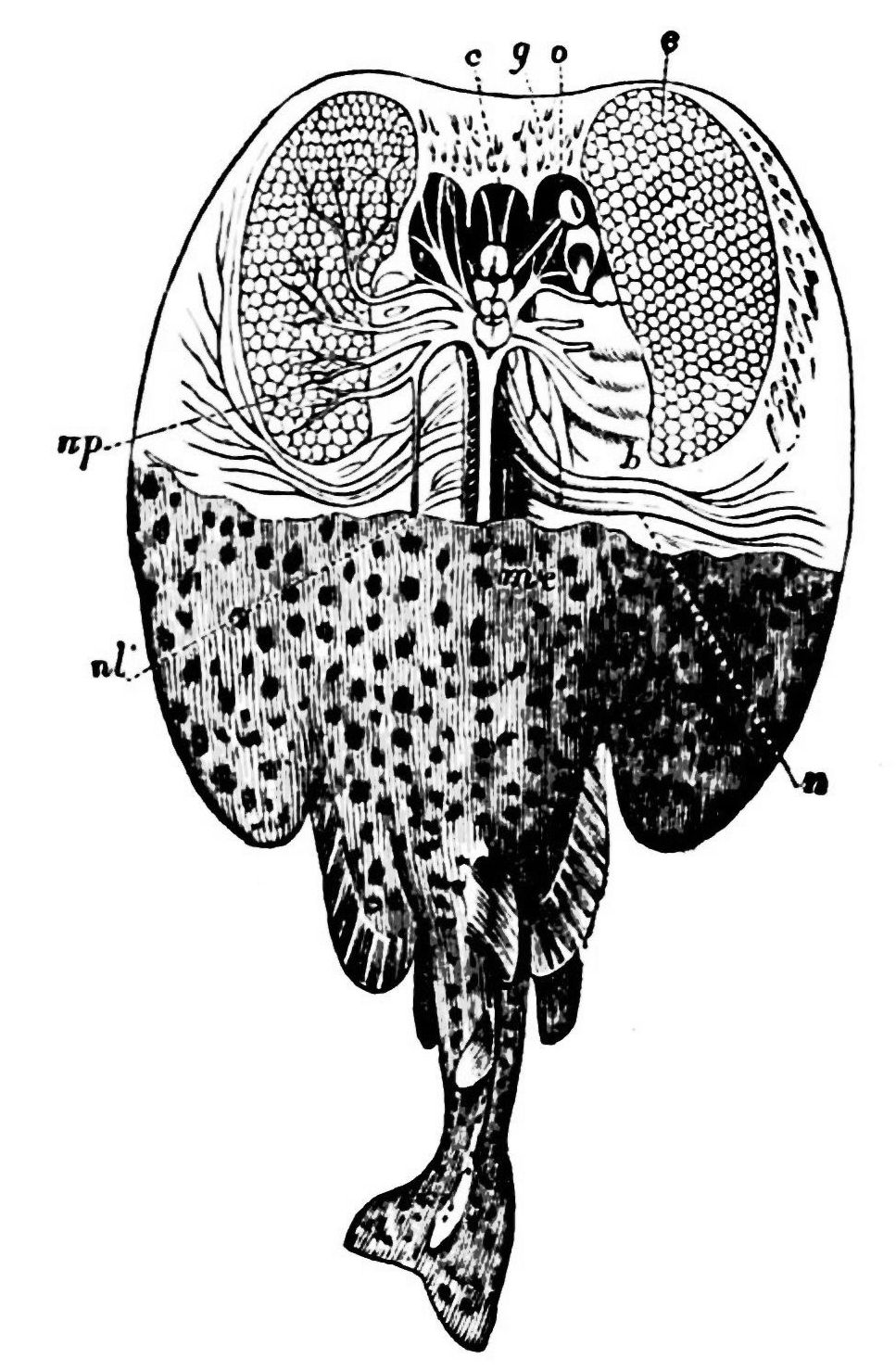
Electrostatic machines for therapeutic electrification
After the Renaissance and with the arrival of the modern Scientific Revolution, animal produced electricity was replaced by human-made machines that could produce the same effects with a greater deal of control by their handlers.
The first “stimulation device” of sorts was the electrostatic machine invented by German scientist Otto von Guericke ,which consisted of a frictional crank-controlled machine. Such a machine and some further variations of it were used by other scientists and even hospitals (like the Middlesex Hospital in England) for research. The invention of the Leyden jar, the first capacitor in history that could store electric charge produced from an electrostatic generator, allowed the combination of electrostatic machines and capacitors for further research and therapeutic electrification.
However, neither fish electricity nor electrostatic electricity constituted forms of direct current. For a current to be considered direct (DC), it must consist of a flow of electrical charge that does not vary over time.
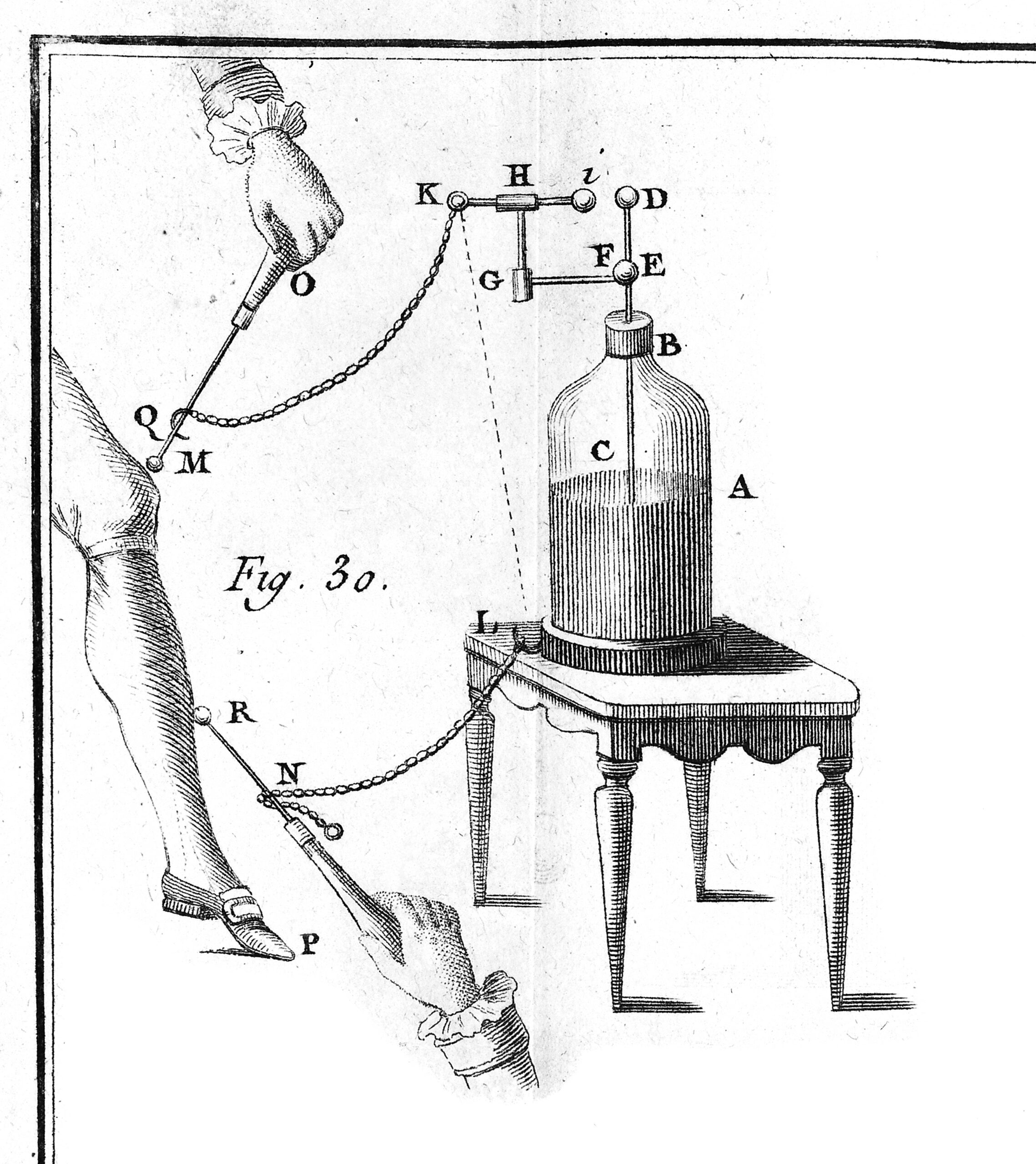
Credit: Wellcome Library, London. Wellcome Images
The era of DC stimulation
In the 18th century, Italian inventor Luigi Galvani invented a DC battery (called the Galvanic battery) which would be later used by his nephew to successfully treat a 27 year-old farmer of major depression. This could be considered the milestone marking the beginning of the therapeutic use of direct current stimulation to treat psychiatric and neurologic conditions.
During the 19th century, using neurostimulation therapies was particularly popular among German psychiatrists, who pioneered electrotherapy as an early form of tDCS. At the same time, several scientists pursued further research on the use of direct current for treating mental disorders but the great variety of methods, the lack of clarity in the descriptions and, in general, the misunderstanding of the effects and operating principles led to inconclusive or contradictory results. As a consequence, the use of direct current stimulation and research was abandoned by the 1930s in favor of electroconvulsive therapy (ECT).
It wasn’t until the decade of 1960 that the scientific community regained interest in direct current stimulation, particularly under the forms of electro-anesthesia and electro-sleep therapy, just to abandon it again in the 70s when the introduction of new psychiatric drugs captured the public interest and opened up a new era of mental illness treatments.
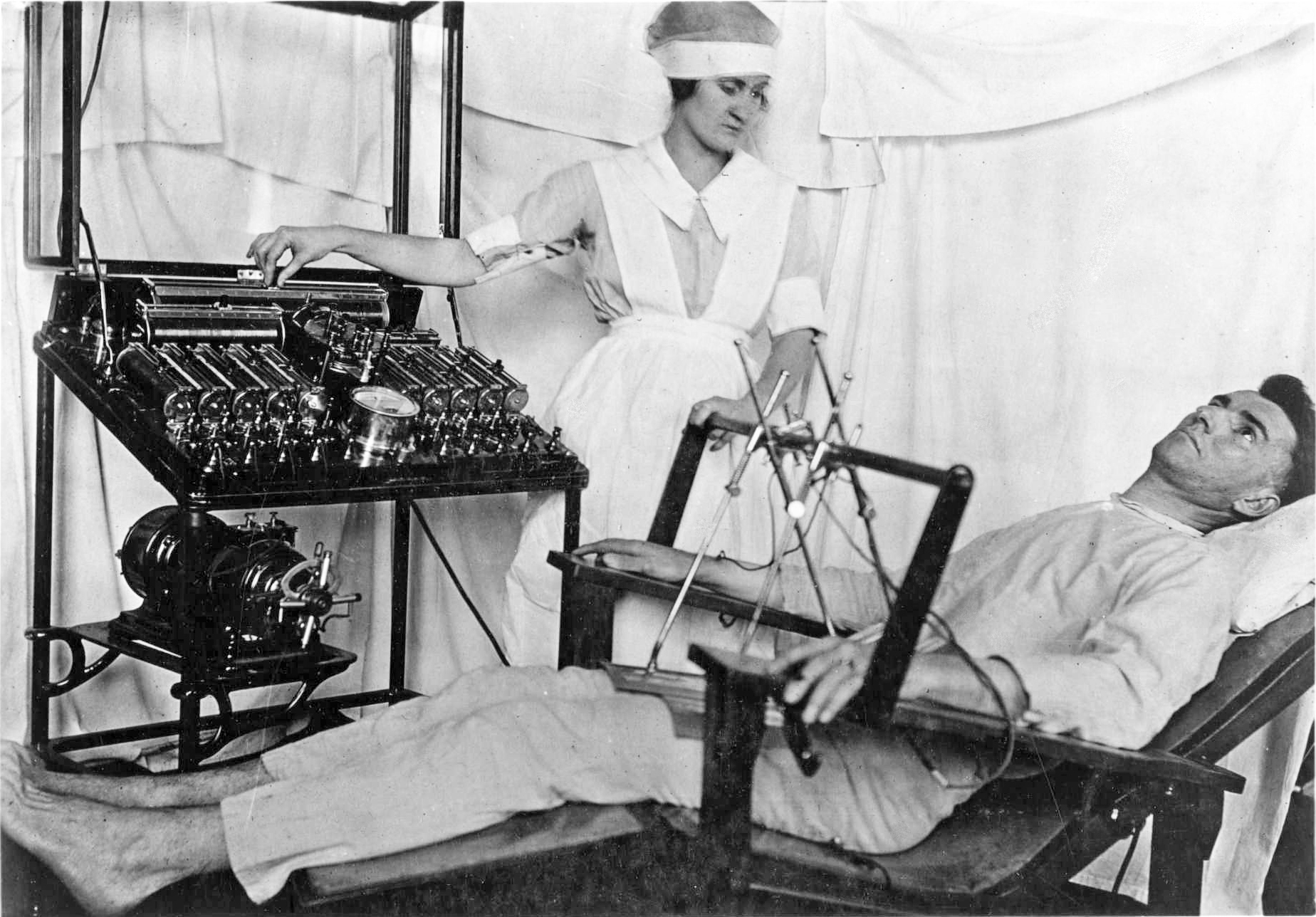
Modern neuromodulation
The birth of the modern neuromodulation era can be placed at the turn of the millennium, when a search for new therapies to effectively treat mental disorder with non-invasive, well tolerated methods with fewer side effects sparked great interest, and studies on the influence of direct current on cerebral cortex excitability were further researched.
Nowadays, technological and engineering advances have made possible the development of very accurate neuromodulation instruments. The advances in the hardware, combined with the better understanding of the effects of electrical currents on the brain, and the abundance of systematic, randomised controlled trials carried out, has allowed neuroscientists, clinical neurologists and psychiatrists to use tDCS as a safe and effective method to treat neuropathic and neuropsychiatric conditions such as chronic pain, migraine or major depressive disorder.

TDCS is the treatment method offered by Sooma for depression (Sooma Depression Therapy, indicated for Major Depressive Disorder) and chronic pain (Sooma Pain Therapy, indicated for Fibromyalgia and chronic neuropathic pain).
However, although tDCS has proven benefits, it is important to understand its limitations, and be cautious about “miraculous claims” and do-it-yourself practices. The scientific community is still working on their findings, some of which require further research. Furthermore, self-administered stimulation which is not prescribed by nor under the supervision of a medical professional can be detrimental to the patient’s health. A proper diagnosis and therapy protocol must be established prior to the treatment to achieve the best possible result.
*All references and sources contained in this blog post can be found here: Sarmiento, Carlos & San Juan Orta, Daniel & Prasath, Surya. (2016). Brief history of transcranial direct current stimulation (tDCS): from electric fishes to microcontrollers. Psychological medicine. -1. 1-3. 10.1017/S0033291716001926.
Latest news
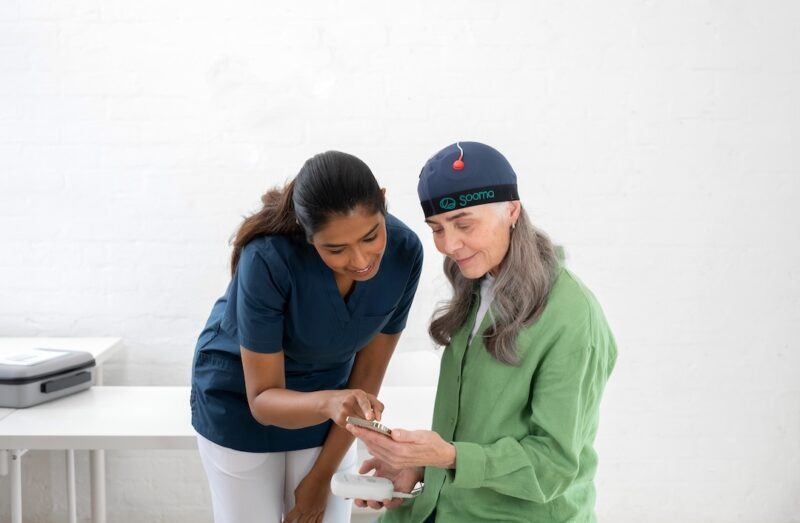
TGA approves Sooma’s at-home brain stimulation for depression in Australia
Read more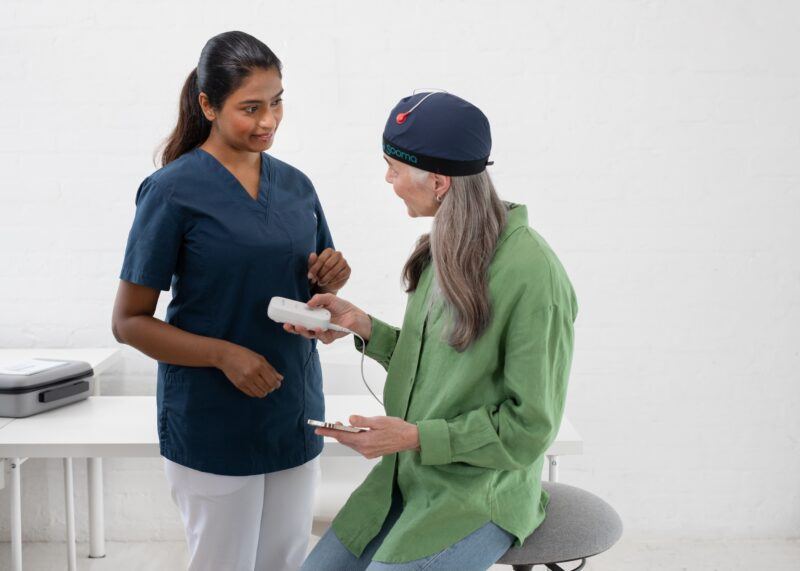
Sooma Medical Announces Pivotal FDA IDE Clinical Trial for At-Home Brain Stimulation Device for Depression Treatment
Read more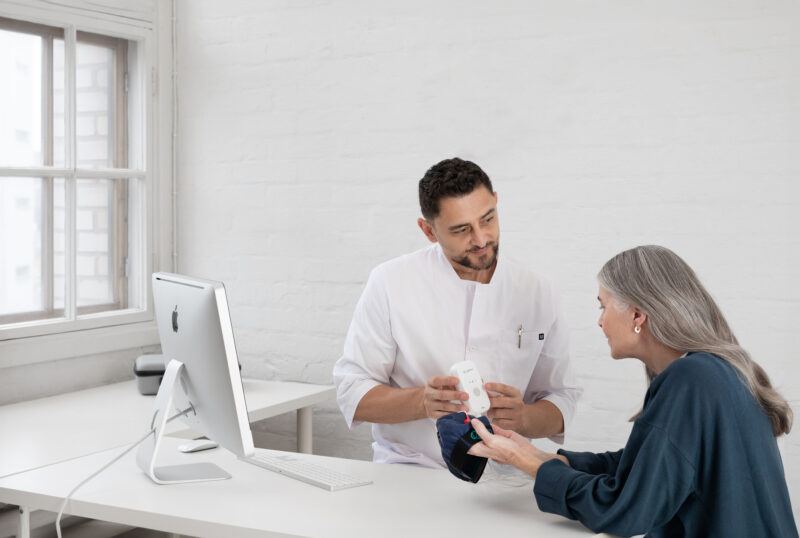
Sooma Pioneers the Integration of Brain Stimulation into Primary Care, Improving Access to Early-Stage Depression Treatment
Read more